Sancturary of Amphiaraos
The Sancturary of Amphiaraos (Amphiareion) is a lesser known, but very important, archaeological site northeast of Athens.
Location
Timeline
Modern and Contemporary era (1821 - )
1884 Excavation began by Vassilios Leonardos.
1929 Excavation completed.
1960 Additional archaeological works were implemented by Vassilios Petrakos.
Ottoman era (1453- 1821)
Byzantine era (331 AC- 1453)
Roman era (30 BC- 330 AC)
Hellenistic era (322- 31 BC)
200 BC Around that time, the theatre was constructed.
Classical era (478-323 BC)
Constructed around the end of 5th century BC.
338 BC The space in front of the Enkimitirio was used for racing until the Roman years.

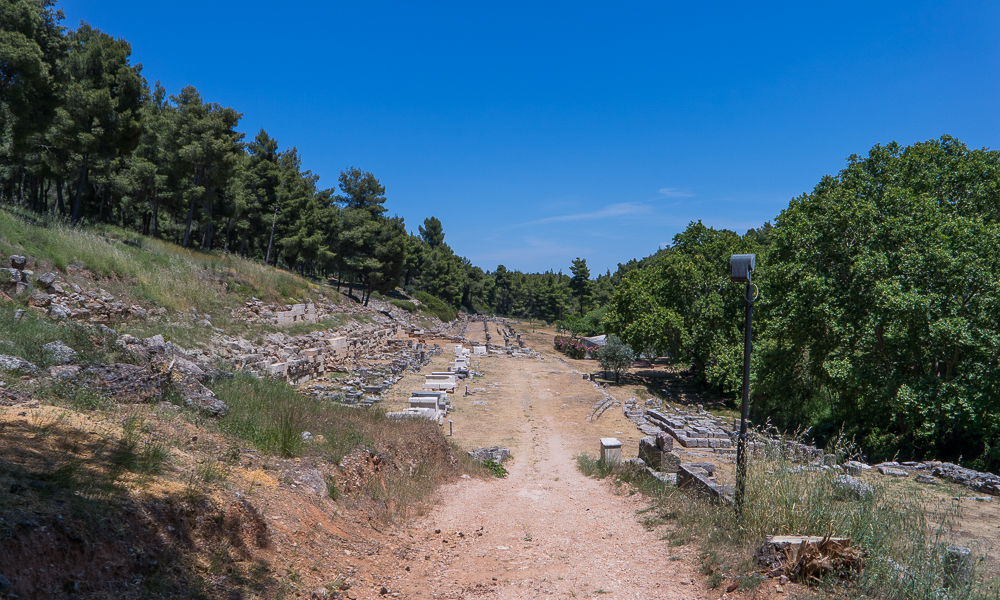
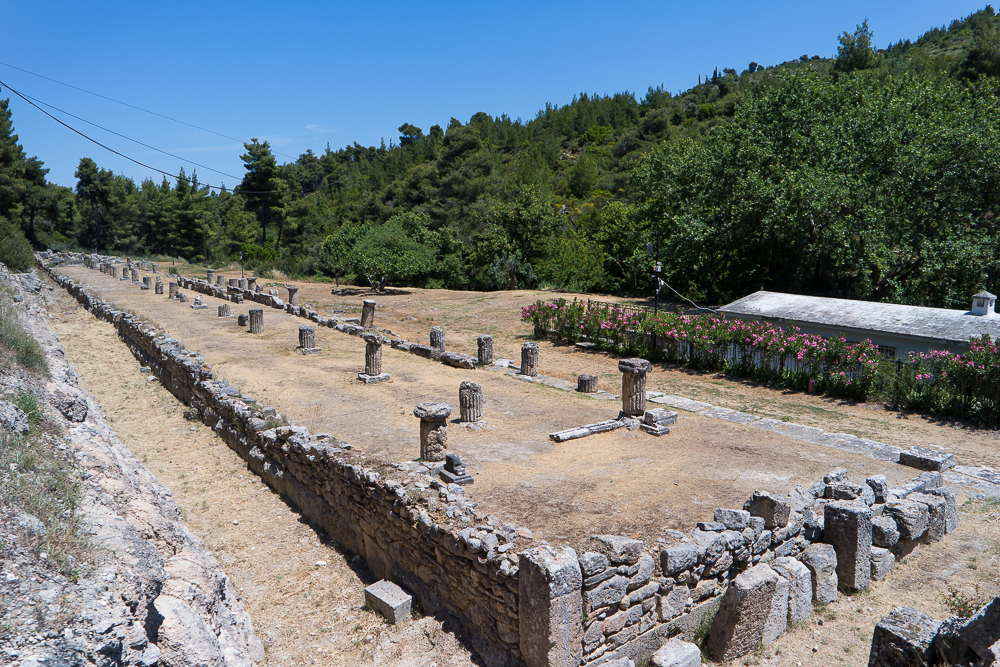
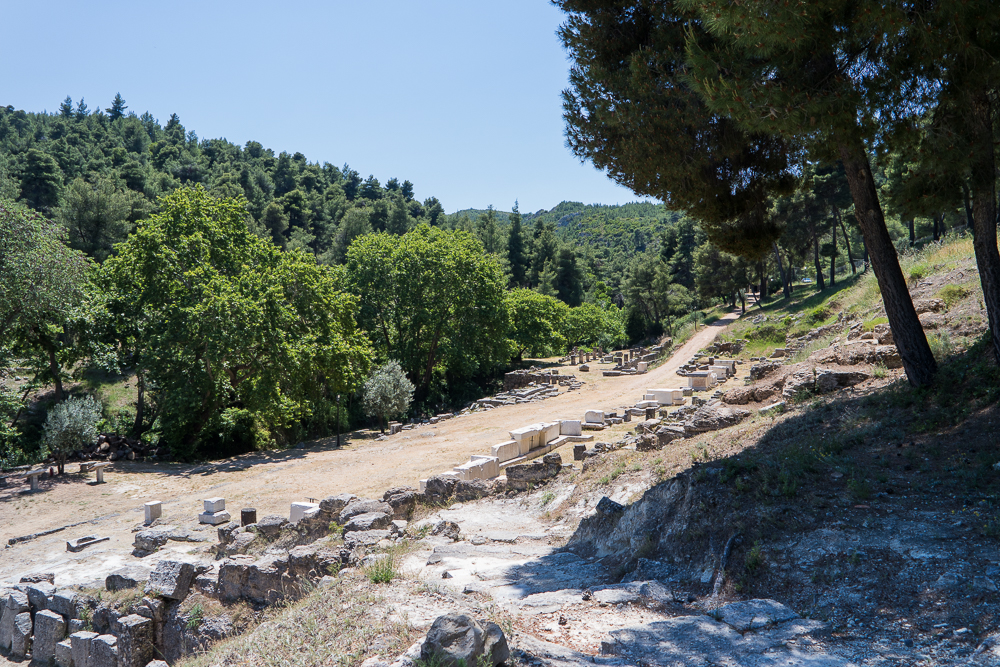
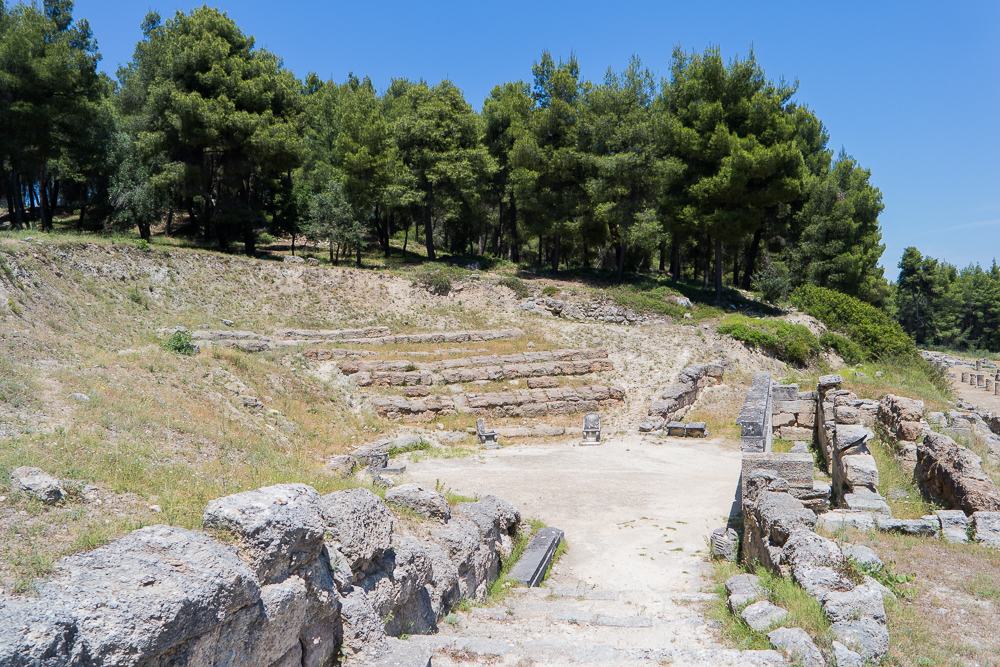
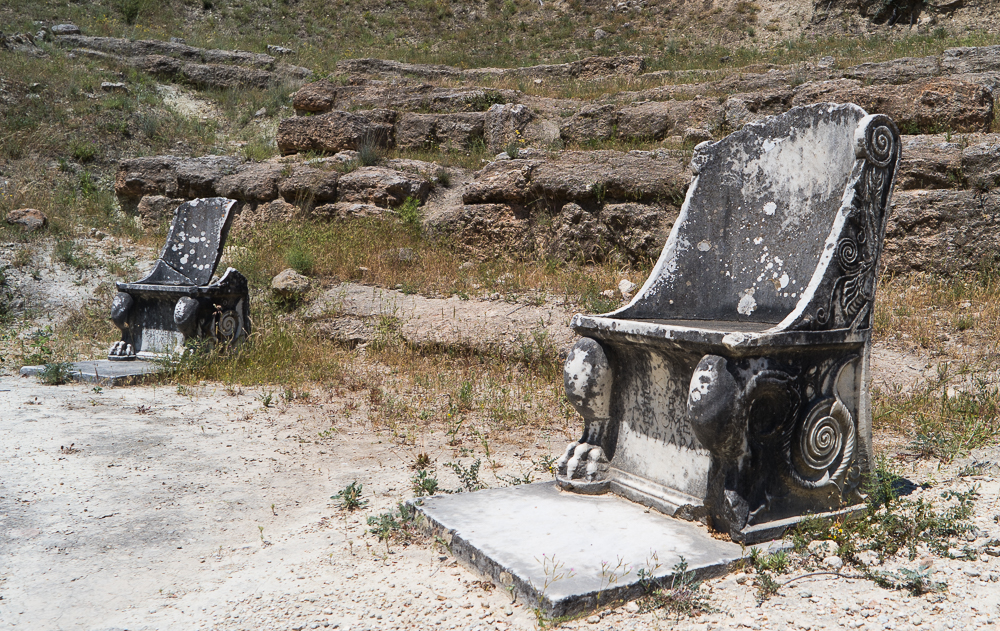
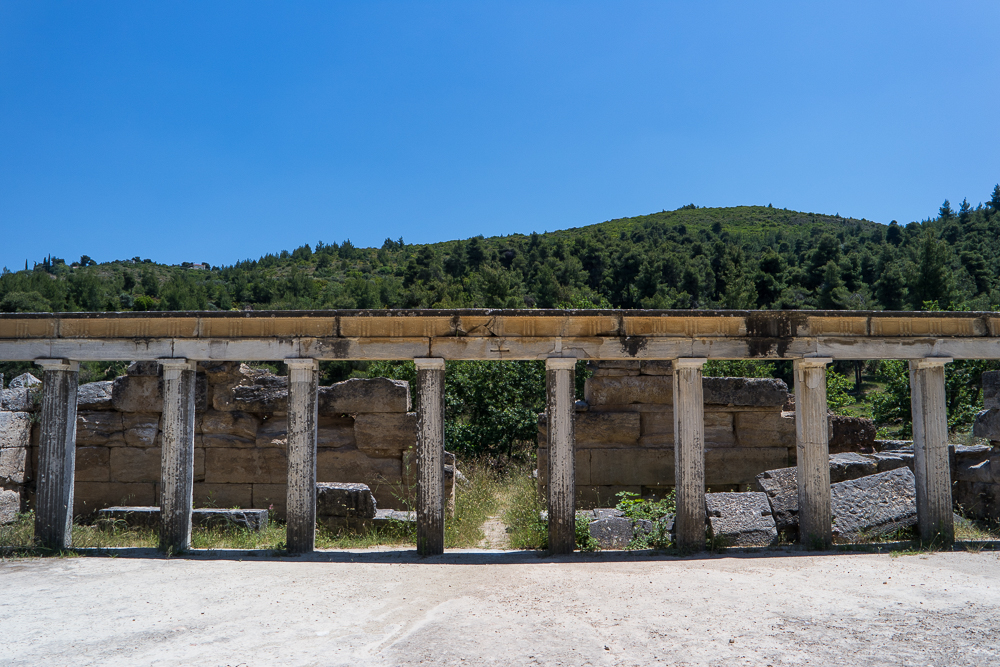
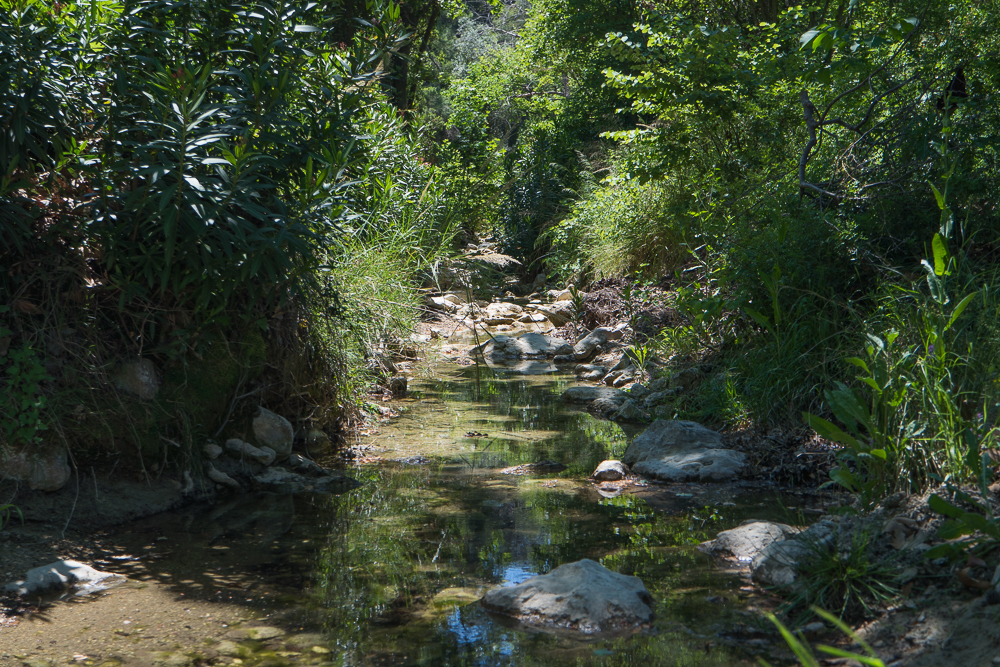
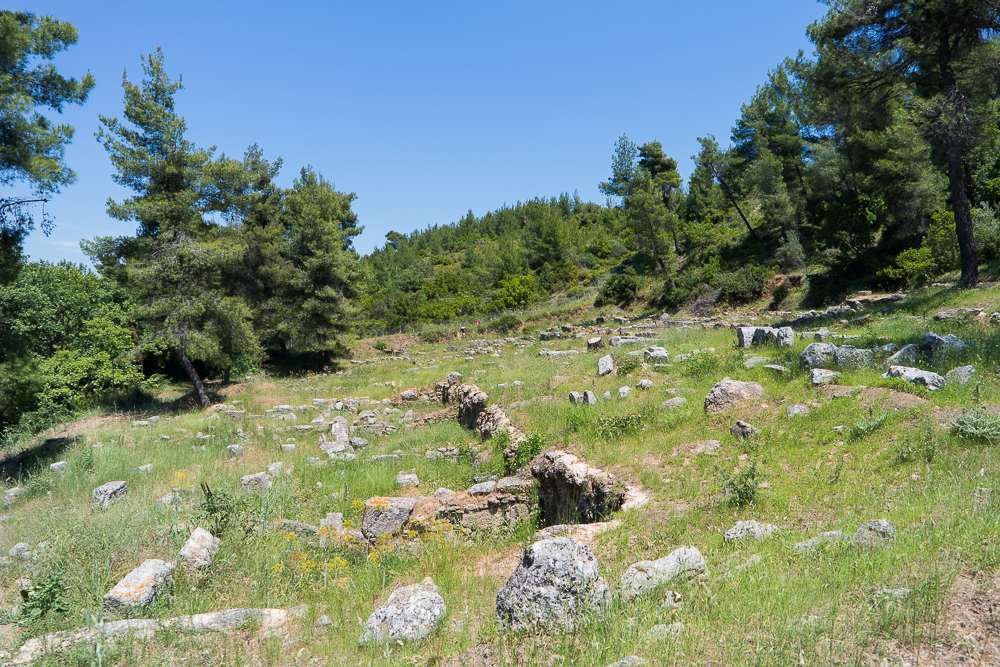
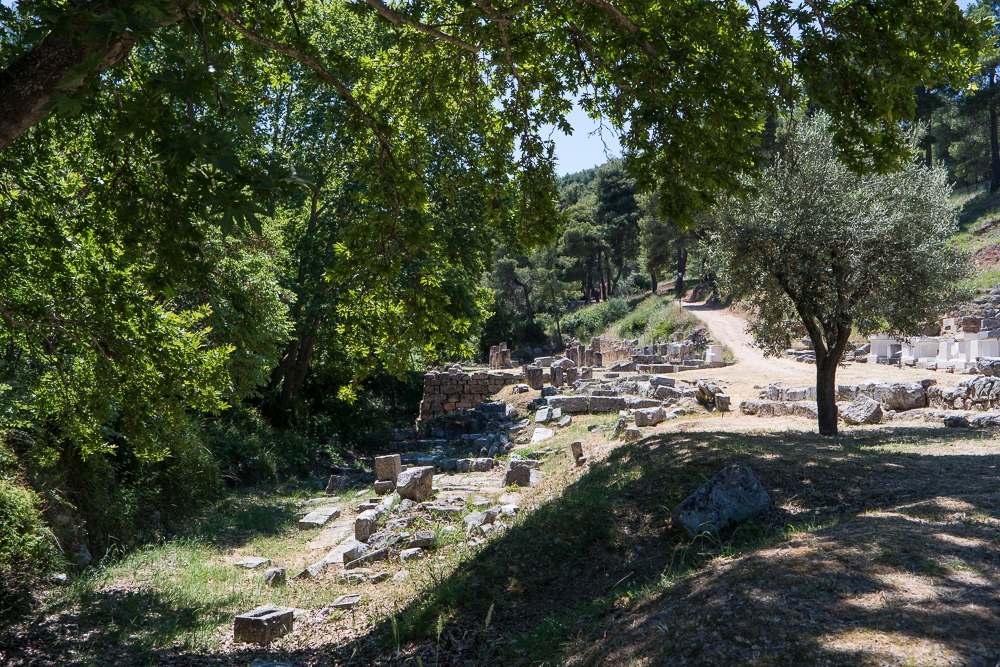

Share